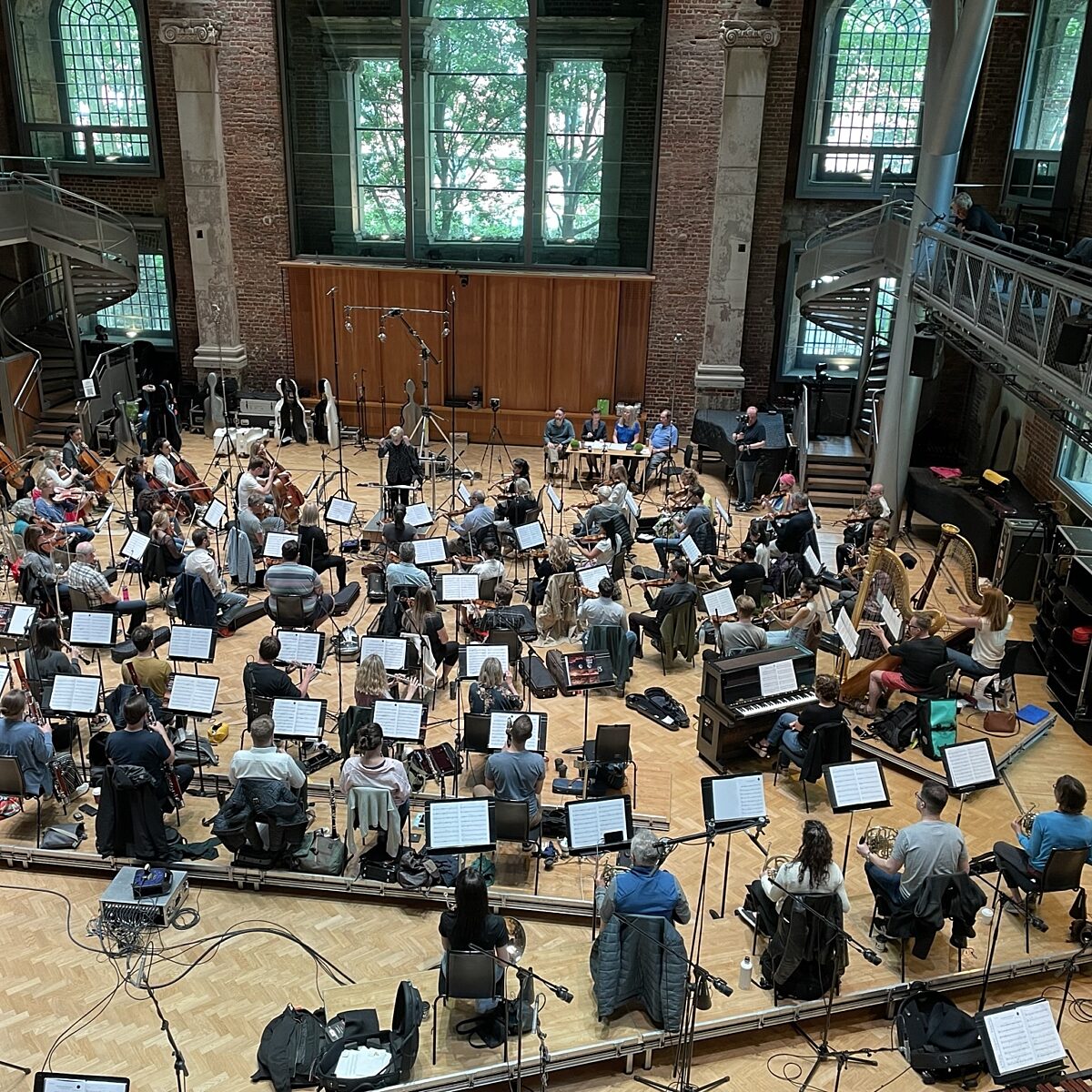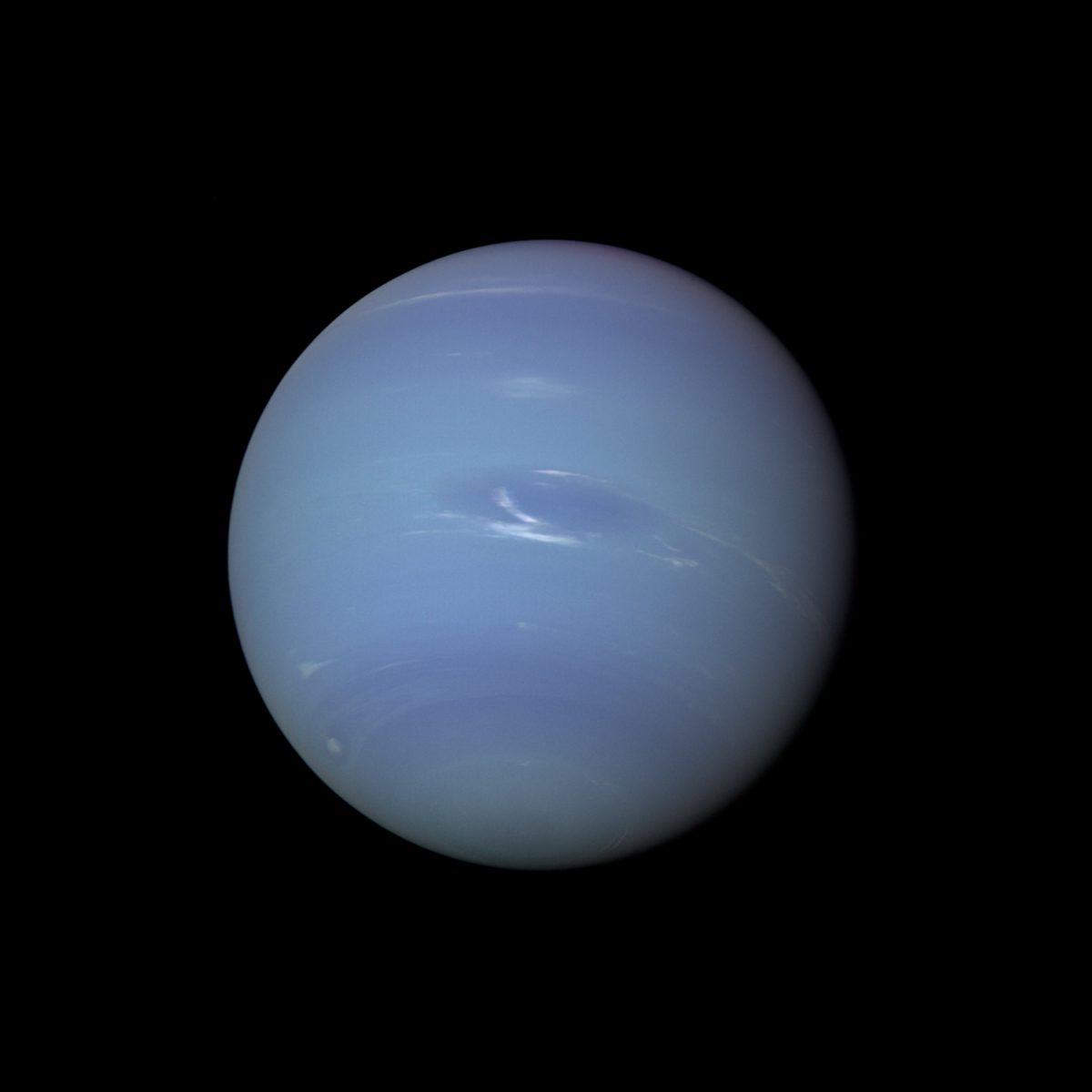Since 2002, Planetary Radio has visited with a scientist, engineer, project manager, advocate, or writer who provides a unique perspective on the quest for knowledge about our Solar System and beyond. The full show archive is available for free.
Search Planetary Radio
The Planetary Society and space advocates around the world fought to make Europa Clipper a reality. This week, we learn more about the tumultuous history of the mission with Casey Dreier, The Planetary Society’s chief of space policy.
Bob Pappalardo, Europa Clipper's project scientist, visits The Planetary Society headquarters in Pasadena, CA, to share the story of the mission's vault plate, humanity's next collection of messages to another world.
Join Planetary Radio host Sarah Al-Ahmed on a trip to the 2023 NASA Innovative Advanced Concepts (NIAC) Symposium in Houston, Texas. This episode is part two of two.
Kevin Trinh from Arizona State University joins Planetary Radio to discuss his research into Europa's formation history and the consequences for the moon's habitability.
Sarafina El-Badry Nance joins Planetary Radio to discuss her new book, Starstruck: A Memoir of Astrophysics and Finding Light in the Dark.
Dive into the latest discoveries about Jupiter’s moons, Ganymede, Europa, and Io, with Scott Bolton, the principal investigator for NASA’s Juno mission.
Join us for Planetary Radio Live at Imperial College London!
A fascinating conversation with a space science and policy leader who is still hard at work in her 10th decade.
Water may have flowed on Mars for a billion more years than was previously thought, giving possible life an extra billion years to thrive.
Mission system manager Al Cangahuala says the robotic explorer of Jupiter’s ocean moon is making steady progress toward a 2024 launch.
Composer Amanda Lee Falkenberg is joined by Cassini project scientist Linda Spilker and retired astronaut Nicole Stott as she shares excerpts from The Moons Symphony.
JPL scientist Kevin Hand is endlessly fascinated by the possibility of life in the hidden oceans of the outer solar system’s moons, and now he has written a great book about the quest to discover it.
Our look ahead at the near-future of solar system exploration continues with Mars, the giant outer worlds, and the smaller bodies that can be found throughout the neighborhood.
Astrobotic is one of several companies that are building small, robotic landers to take commercial payloads to the surface of the Moon. With a new contract from NASA to support his company’s work, CEO John Thornton looks forward to touching down in 2021. Senior editor Emily Lakdawalla can’t wait for the Europa Clipper to reach Europa, one of Jupiter’s ocean moons. Who doesn’t want more cow bell? Chief scientist Bruce Betts gets his share as he helps us explore the current night sky in What’s Up.
Astrobiology is the discipline that explores the origin of life in the universe, and whether life exists anywhere other than Earth. It’s an increasingly exciting field according to University of Washington Research Associate Michael Wong. Mike reviews the current thinking and provides some of the chemical basis for life as we know it, and possibly as we don’t know it.
magine soaring over what may be the solar system’s most Earth-like world, if you ignore the chill. If funded, the nuclear electric-powered Dragonfly will do exactly this. Principal Investigator Elizabeth “Zibi” Turtle shares her enthusiasm.
A computer model based on our best data about Saturn’s cloud-shrouded moon says that torrential liquid methane pounds the surface far more frequently than previously expected. Sean Faulk and Jonathan Mitchell of UCLA explain.
It is most space fans’ favorite planetary science mission, and with good reason. We visit with the man who has been in charge of Voyager mission science for more than four decades.
A new report builds the case for long overdue returns to Uranus and Neptune, while another proposal calls for exploration of the many bodies in our solar system that hide vast water oceans. Jason Callahan, Casey Dreier and Mat Kaplan dive into the troubled waters that determine which planetary science missions will get the limited funds available.
The discovery of seven, Earth-sized planets in a nearby solar system was announced last week. Astrophysicist and planetary scientist Sara Seager joins us to share her excitement about this find that includes three planets in the habitable zone.


 Explore Worlds
Explore Worlds Find Life
Find Life Defend Earth
Defend Earth





















